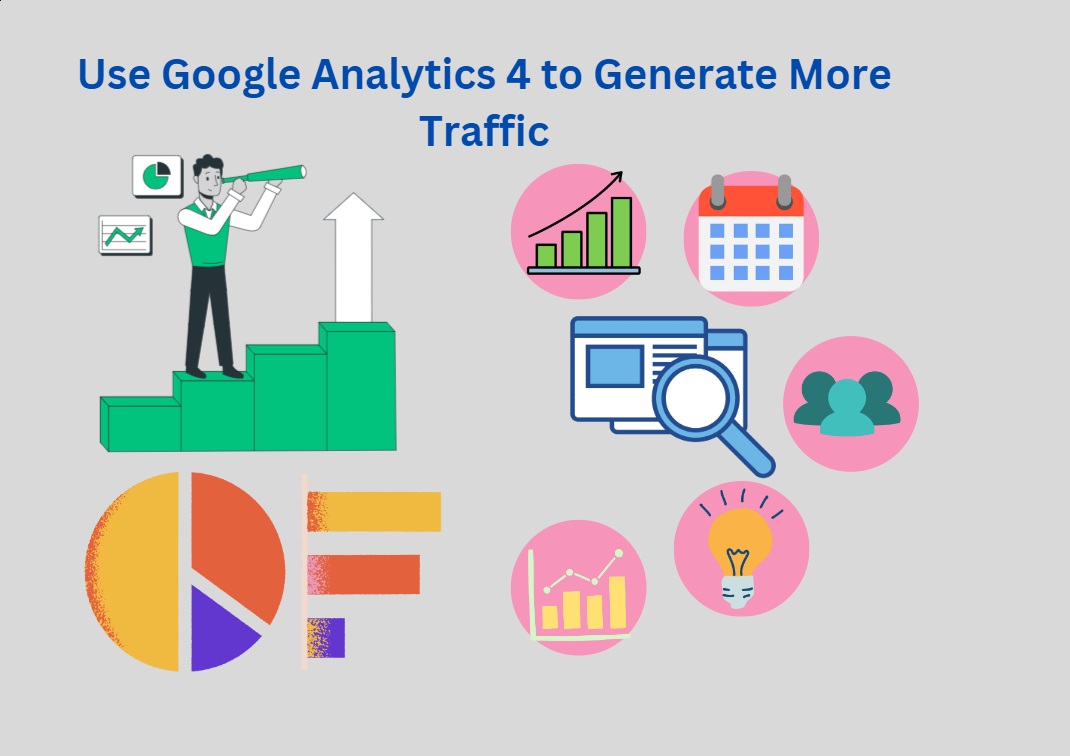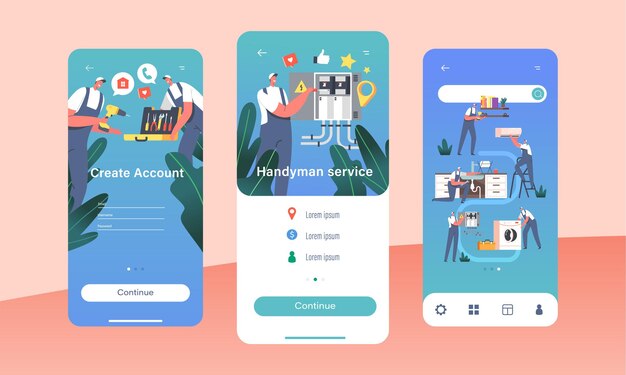Australian Enterprises And Their Changing Internet Needs
There are unprecedented opportunities being made available to organizations of all sizes, largely thanks to the rapid development of the internet and digital technologies.
Smaller businesses might be tapping into the opportunity to sell into overseas markets or leverage outsourcing capabilities from other countries for the first time. Large enterprises are going through complex digital transformation exercises to enable them to take advantage of deeper analytics, invest in AI, and more rapidly build applications and new products to take to market.
Many thought that 2020 would have thrown a spanner in the works, with the COVID-19 pandemic, in particular, hitting organizations hard and preventing them from being the disruptive forces that they wanted to be. However, as far as the internet goes, if anything the opposite is proving true.
Enterprises were forced to rapidly adopt work from home policies, as employees were unable to come into the office due to lockdown. They are now discovering that without the daily commutes to deal with, those employees are actually being more productive – 1.4 days’ worth per month, to be exact. Largely because of this, almost half of those employees (41 percent) that have been working from home will continue to do so post-pandemic, to at least some capacity.
This change in the way that enterprises work is long-term if not permanent, in other words. And it’s going to have organizations rethink how they approach the Internet.
Cloud services are going to dominate how organizations work when employees are working remotely more frequently. This is going to have security implications that need to be worked through, but it’s also going to require a better approach to the Internet.
Smaller organizations are going to want their environment to be run through faster connections – both up and down – to ensure that there’s no disruption or “slowness” in accessing Cloud services for critical applications. Larger enterprises are going to invest heavily in redundancy strategies, to ensure that if the primary Internet source experiences an outage, the back-up kicks in, and work isn’t disrupted.
Another reason that organizations are going to invest heavily in the Internet moving forwards is video conferencing and workflow management applications. The likes of Zoom, Slack, Basecamp, and Microsoft Teams have seen demand for their services escalate rapidly through the pandemic – Zoom alone increased daily active users from 10 million to over 200 million in the last couple of months alone. For the enterprise, these services are essential in enabling remote employees to continue to participate in their teams and organizational operations, but they do have implications for the office Internet, too.
Video conferencing, in particular, requires a solid Internet speed both in terms of uploads and downloads, and if a number of workers in the office are simultaneously undertaking video conferencing calls with their teams or clients, the drain on bandwidth can be rapid.
Australian organizations are also enthusiastic adopters of the Internet of Things (IoT), with research showing that half of the Australian enterprises have deployed IoT systems to improve business productivity and improve customer engagement. IoT can range from sensors on packaging in logistics to speed up the rate in which packages are delivered from the warehouse to the door, right through to data capture on customer behaviour that can be used to improve services and marketing. Every IoT device operates on the Internet, however, leading to an explosion in the number of connected devices the office Internet needs to be able to handle at once.
Finally, there’s the ultimate goal for many enterprises – having such rich pools of data to draw on, and such accurate data capture and analytics, that AI applications can be rolled out to ease the burden of mundane activities off the shoulders of employees.
Whether it’s chatbots to field simple questions from customers, automated security and backup systems, or AI informing the robotics in a warehouse to find and deliver packages quickly, AI is a demanding application on an IT environment, but it provides the effect of free labour and frees staff up to tackle higher, more value-adding tasks, improving their job satisfaction and the overall productivity of the organization.
Final thoughts
For many enterprises, enabling this new way of working over the Internet will involve taking a new look at the Internet environment, and likely upgrading the nbn™ services that the organization had previously been using. Smaller enterprises will want to leverage the hosted phone systems and Web hosting tools that an ISP can provide over the nbn™ to start digitizing the business processes.
Larger enterprises will look to preferred nbn™ providers for direct links into data centres, guaranteed uptime as high as 99.95 percent, and failover redundancy. As the nbn™ is a national network, Australian organizations are fortunate in that there is a lot of competition between ISPs, all running off the same platform. This helps keep costs down and enterprises can access a wide variety of services to best suit their business needs.
Image Credit: Unsplash











